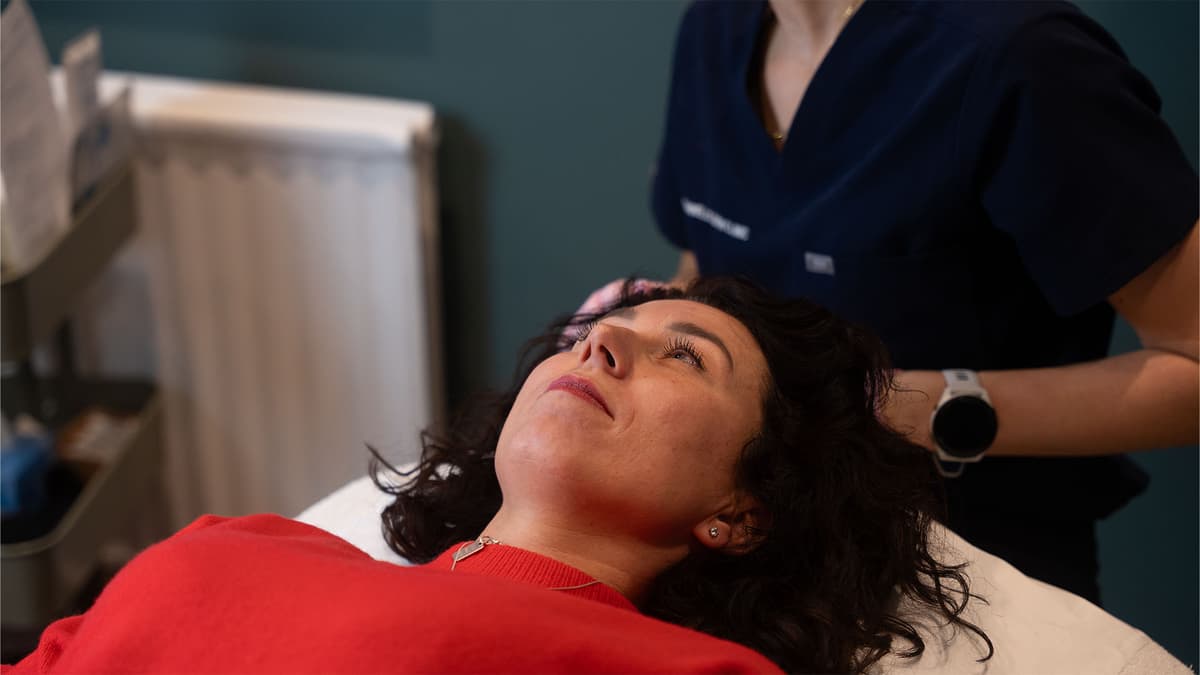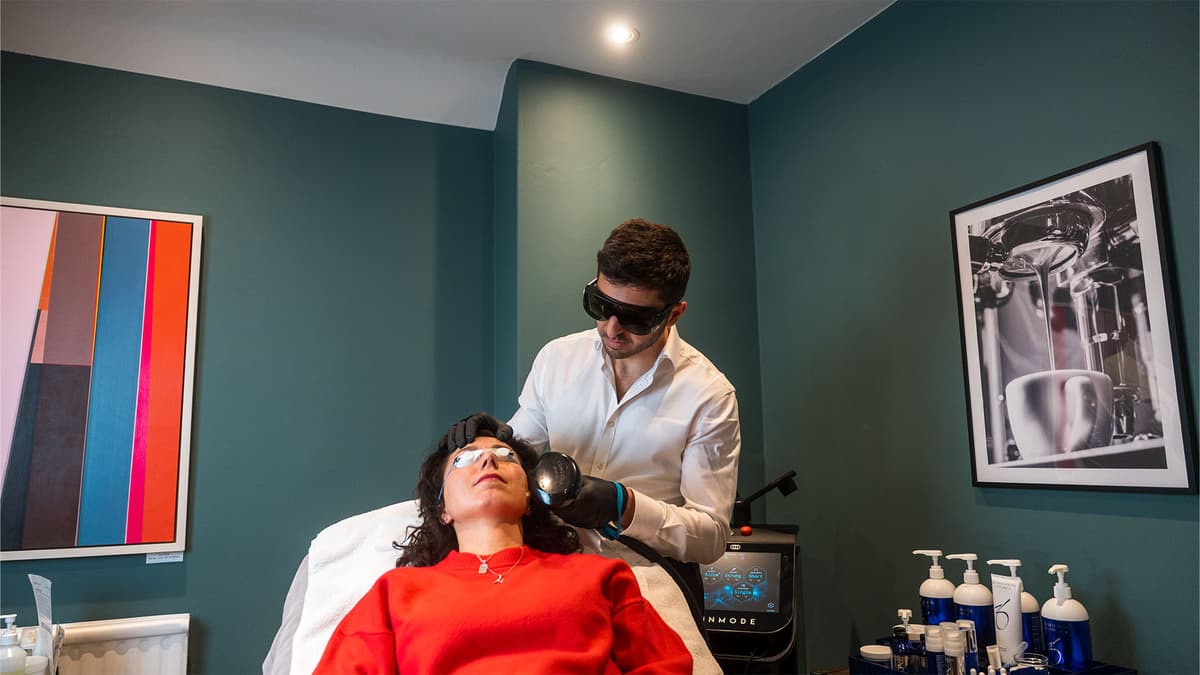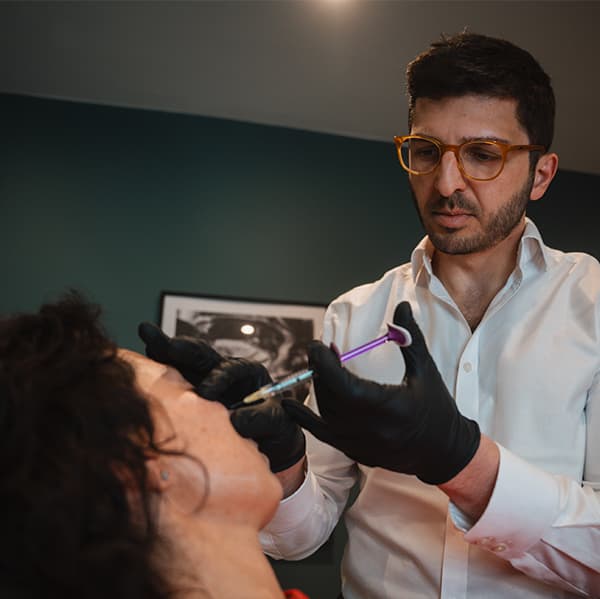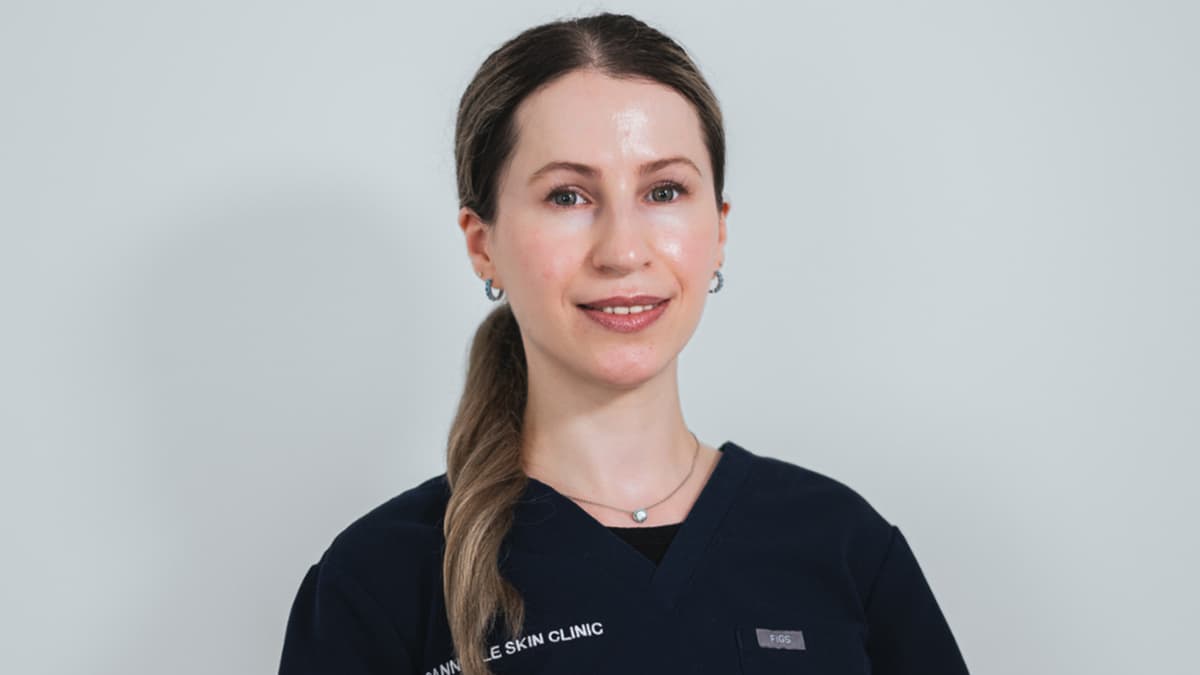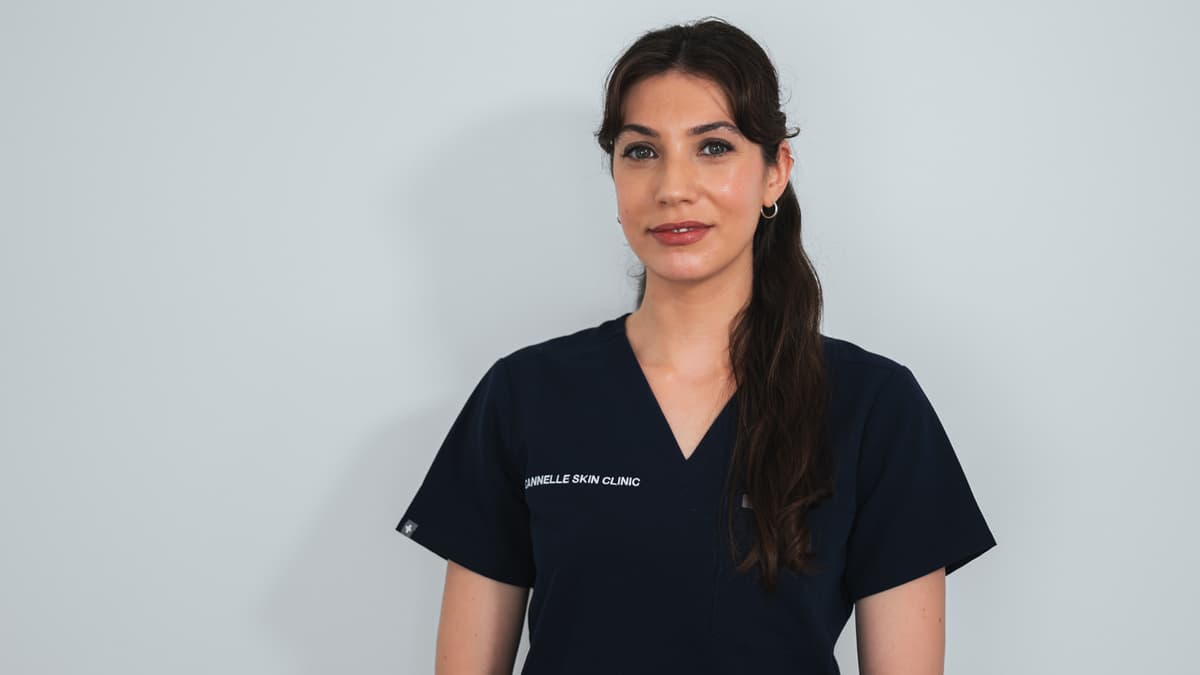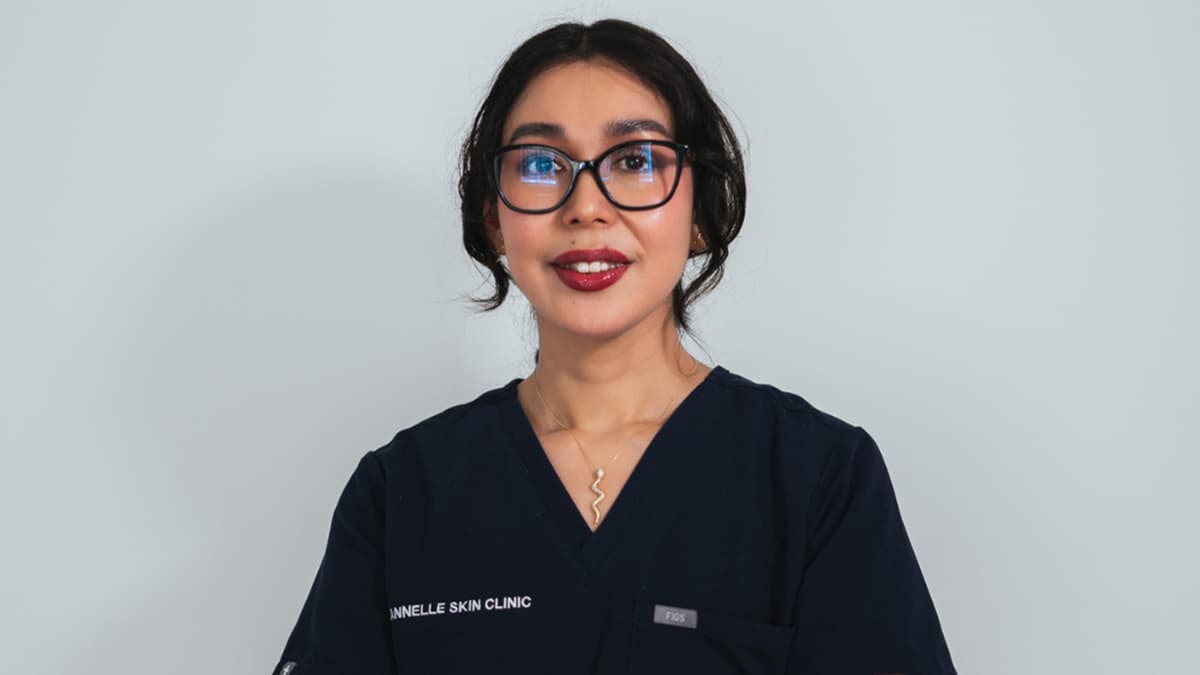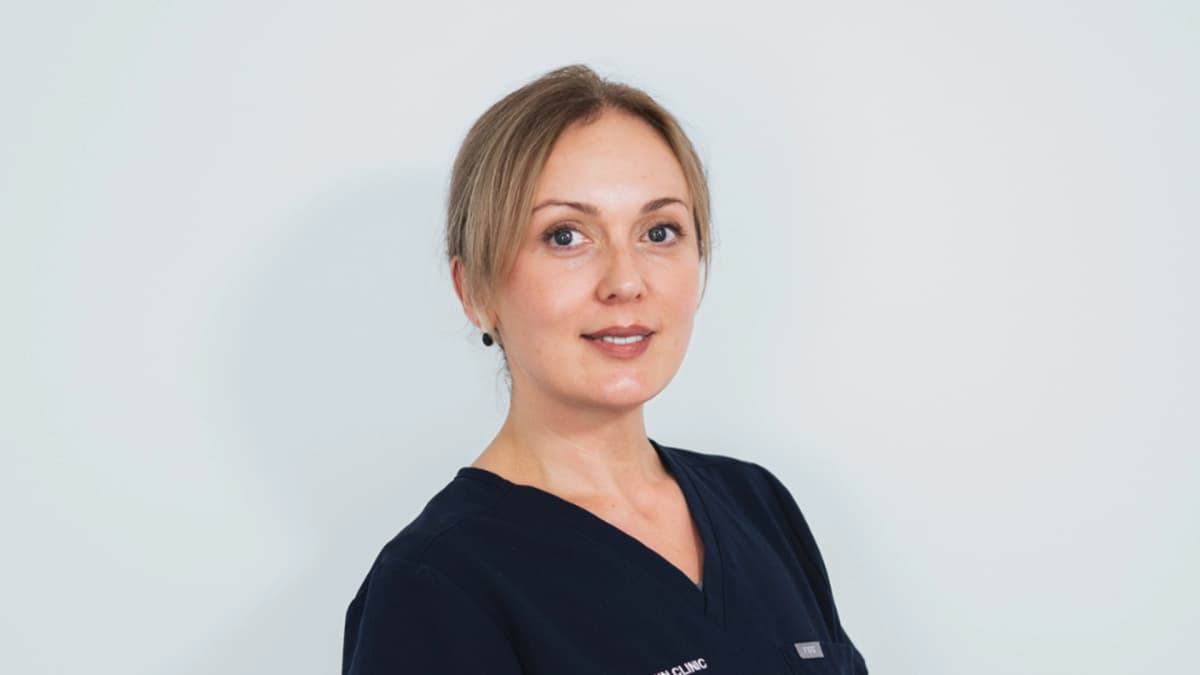What is cellulite?
Cellulite is a very common condition that causes uneven, dimpled or lumpy skin, often described as an orange peel or cottage cheese texture. Although it is often associated with weight or lifestyle, cellulite is not a sign of poor health. It is a structural change within the skin and the tissue beneath it. At Cannelle Skin Clinic in Oxford we take a medically guided, supportive approach to assessing and treating cellulite. Our focus is on improving skin texture, restoring smoother contours and helping patients feel more confident in their appearance.
Cellulite is extremely common. More than 80 percent of women experience it at some point, and it can occur even in those who are fit, active and a healthy weight. Its appearance varies from mild surface rippling to deeper indentations that are more visible when sitting, standing or under certain lighting.





